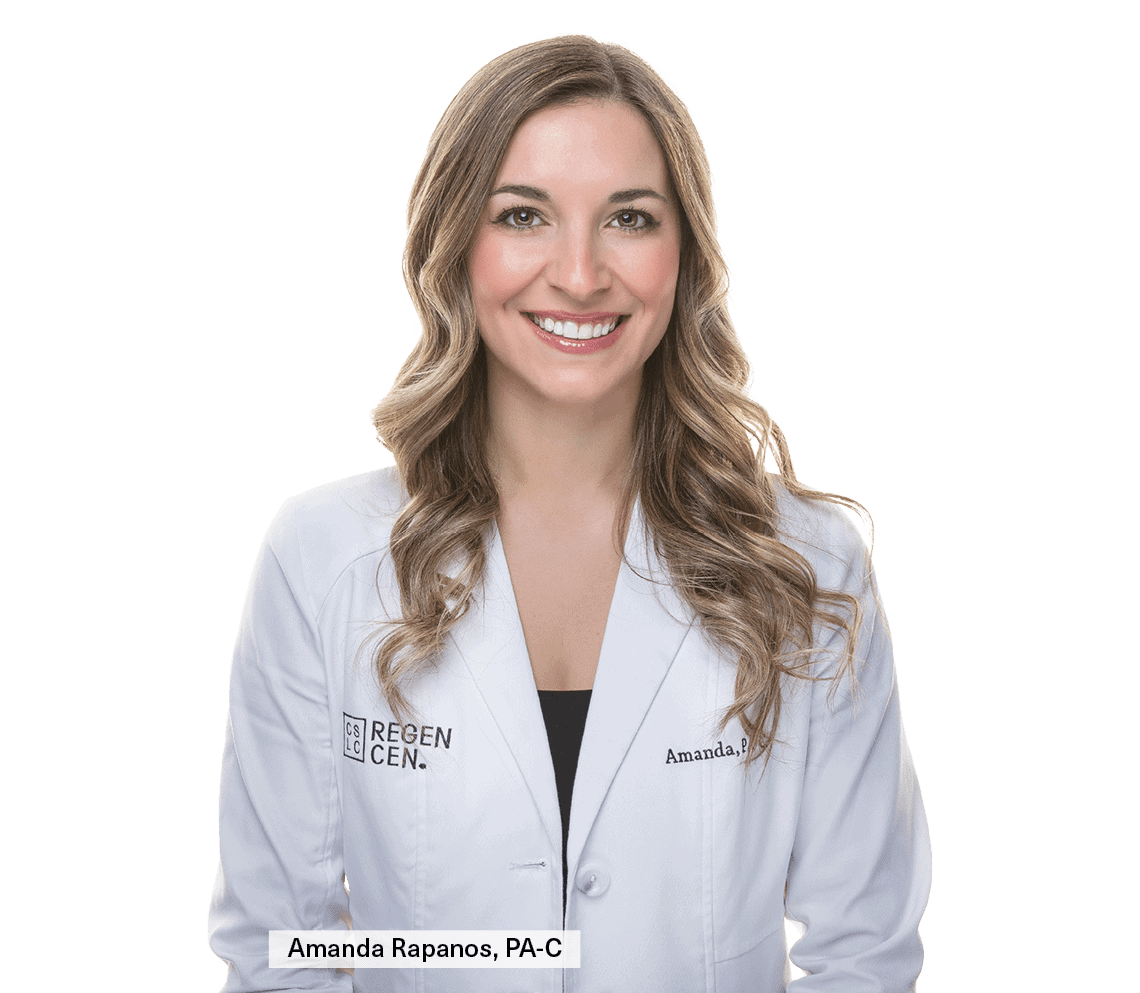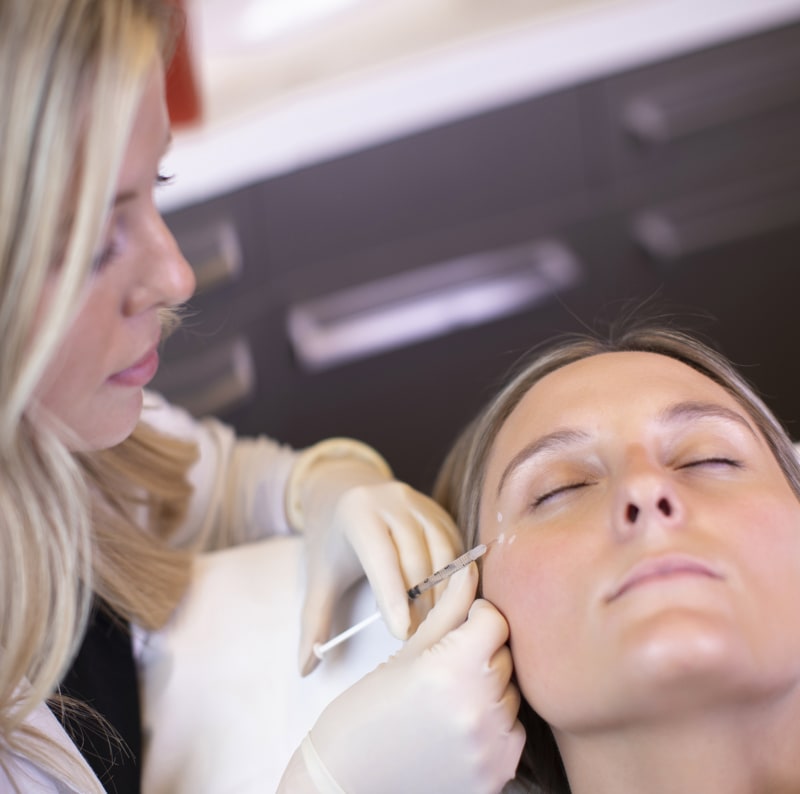
Cosmetic Injectables:
Botox, Dysport, Xeomin,
& Dermal Fillers
Experienced injectors with advanced techniques. We’ve been a Platinum Plus Botox provider for 15+ years and are top 1% nationwide Galderma injectors as well as the top Sculptra provider in Michigan. We stand by our motto: “the best injections are invisible.” Think you always know when someone has filler? We think you don’t. Come visit us and see our results!
Refreshed. Not overdone.
The most natural Botox and filler results
Cosmetic injectables like dermal filler, Sculptra and Botox prevent and get rid of wrinkles, maintain or replace volume in the hands or face, disguise under eye bags, and help people look younger and refreshed.
“CSLC is top-notch, first-class, one-stop shopping with a superb expertise and higher standards for all your needs. None of the providers will ‘overdo’ anything.”
Zoe Lauren, Patient

How to choose an aesthetic injector you can trust
Not all aesthetic injectors are the same. If you're new to dermal fillers like Botox, Sculptra, and even lip fillers, you might be asking, "how do I find the best filler injector in my town?"
Who you trust with your face and beauty is an important decision.
That's why we created a complimentary, comprehensive guide on "How do I find the best dermal filler injector near me?" Click the link below get our best tips on finding and vetting the right injection specialist for you.
Timeless beauty, tailored to you.
What’s the difference between Botox and filler cosmetic injectables?
Neuromodulators
Neuromodulators are cosmetic injectables that are used to help achieve a more rested and youthful appearance. Botox is one brand of a neuromodulator. Dysport, Daxxify, and Xeomin are the other popular brand names. Neuromodultors smooth “lines of expression.” Botox can also prevent the deepening of lines over time and give lift around the eyes and mouth.
Fillers
Fillers are cosmetic injectables that are used to soften deep lines and folds and correct sinking and sagging as a result of the natural aging process. With a hyaluronic acid gel that’s formulated similar to your own body’s hyaluronic acid, fillers erase lines that are visible when you see your face at rest, replace lost volume giving a natural lift and rejuvenate aging, veiny hands
Cosmetic Injectable Frequently Asked Questions
Natural results from trusted hands.
Injections Savings & Rewards

Looking for ways to save on injections? We partner with two external rewards programs to maximize your savings and discounts.
Visit the websites here and sign up today. Per your request, we will add your reward points for injectables at each visit. It’s simple: the more points you get, the more coupons you receive!
Aspire Galderma Rewards
Dysport • Restylane • Restylane Lyft • Restylane Silk • Restylane Kysse • Restylane Refyne • Restylane Defyne • Sculptra
Allē (formerly Brilliant Distinctions) by Allergan
Botox • Juvederm • Juvederm Voluma • Latisse • Volbella • Kybella